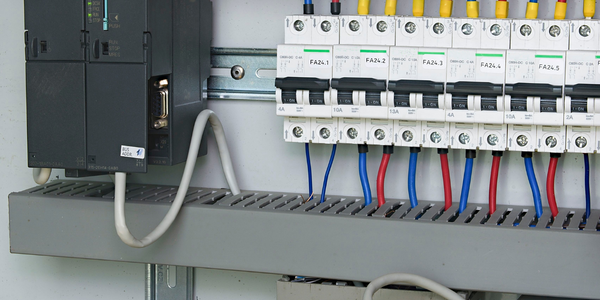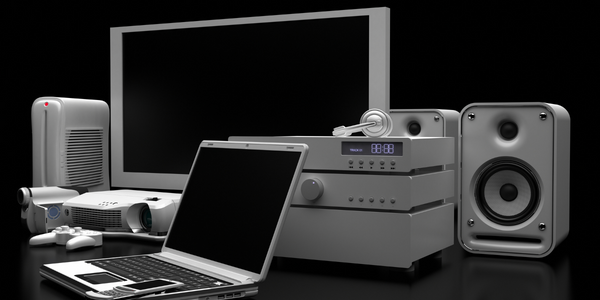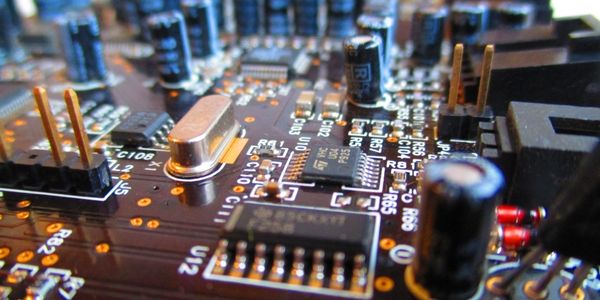公司规模
SME
地区
- America
国家
- United States
产品
- Tableau
- Amazon Redshift
- Arcade gaming intelligence product
技术栈
- Tableau Server
- Tableau Desktop
- Amazon Redshift
实施规模
- Enterprise-wide Deployment
影响指标
- Customer Satisfaction
- Productivity Improvements
- Revenue Growth
技术
- 应用基础设施与中间件 - 数据可视化
- 基础设施即服务 (IaaS) - 云数据库
适用行业
- 电子产品
适用功能
- 产品研发
- 销售与市场营销
服务
- 数据科学服务
- 云规划/设计/实施服务
关于客户
SuperData is a privately-held market intelligence research provider specializing in the video game sector. Founded in 2009, the company has become a go-to source for insights into the gaming world, with customers ranging from Wargaming and Trion to payment firms and game publishers. Each month, the SuperData team collects, cleans, and aggregates transactional data from nearly 40 million paying gamers. The data is gathered directly from the game companies themselves and combined with relevant data from other sources to deliver reports that speak to the broader industry. As a small company employing fewer than 50 people, working efficiently with big data is crucial for SuperData.
挑战
SuperData, a market intelligence research provider specializing in the video game sector, was struggling with an Excel-based product that couldn't efficiently handle the data from over 40 million video gamers each month. The reports generated were multi-spreadsheet and required customers to dig for insights. The company needed a solution that could handle large data volumes and present insights in an easily digestible format. They also needed to ensure data security, as the data was gathered directly from game companies and shared anonymously. The company initially tried an open-source business intelligence solution, but it didn't meet their needs.
解决方案
SuperData chose Tableau and Amazon Redshift for its Arcade gaming intelligence product. The company developed Arcade, game data intelligence reports built in Tableau. SuperData analysts author visualizations in Tableau Desktop and connect to data stored in Amazon Redshift using Tableau’s native data connector. The completed dashboards and visualizations are then published to Tableau Server, where customers and internal users can log on to view and interact with the data. This solution allowed SuperData to work more efficiently with big data, improve sales, and increase customer satisfaction.
运营影响

Case Study missing?
Start adding your own!
Register with your work email and create a new case study profile for your business.
相关案例.

Case Study
Remote Temperature Monitoring of Perishable Goods Saves Money
RMONI was facing temperature monitoring challenges in a cold chain business. A cold chain must be established and maintained to ensure goods have been properly refrigerated during every step of the process, making temperature monitoring a critical business function. Manual registration practice can be very costly, labor intensive and prone to mistakes.

Case Study
Predictive maintenance in Schneider Electric
Schneider Electric Le Vaudreuil factory in France is recognized by the World Economic Forum as one of the world’s top nine most advanced “lighthouse” sites, applying Fourth Industrial Revolution technologies at large scale. It was experiencing machine-health and unplanned downtime issues on a critical machine within their manufacturing process. They were looking for a solution that could easily leverage existing machine data feeds, be used by machine operators without requiring complex setup or extensive training, and with a fast return on investment.

Case Study
Cloud Solution for Energy Management Platform-Schneider Electric
Schneider Electric required a cloud solution for its energy management platform to manage high computational operations, which were essential for catering to client requirements. As the business involves storage and analysis of huge amounts of data, the company also needed a convenient and scalable storage solution to facilitate operations efficiently.

Case Study
Leveraging the IoT to Gain a Competitive Edge in International Competition
Many large manufacturers in and outside Japan are competing for larger market share in the same space, expecting a growing demand for projectors in the areas of entertainment, which requires glamor and strong visual performance as well as digital signage that can attract people’s attention. “It is becoming more and more difficult to differentiate ourselves with stand-alone hardware products,” says Kazuyuki Kitagawa, Director of Service & Support at Panasonic AVC Networks. “In order for Panasonic to grow market share and overall business, it is essential for us to develop solutions that deliver significant added value.” Panasonic believes projection failure and quality deterioration should never happen. This is what and has driven them to make their projectors IoT-enabled. More specifically, Panasonic has developed a system that collects data from projectors, visualizes detailed operational statuses, and predicts issues and address them before failure occurs. Their projectors are embedded with a variety of sensors that measure power supply, voltage, video input/ output signals, intake/exhaust air temperatures, cooling fan operations, and light bulb operating time. These sensors have been used to make the projector more intelligent, automatically suspending operation when the temperature rises excessively, and automatically switching light bulbs. Although this was a great first step, Panasonic projectors were still not equipped with any capability to send the data over a network.









